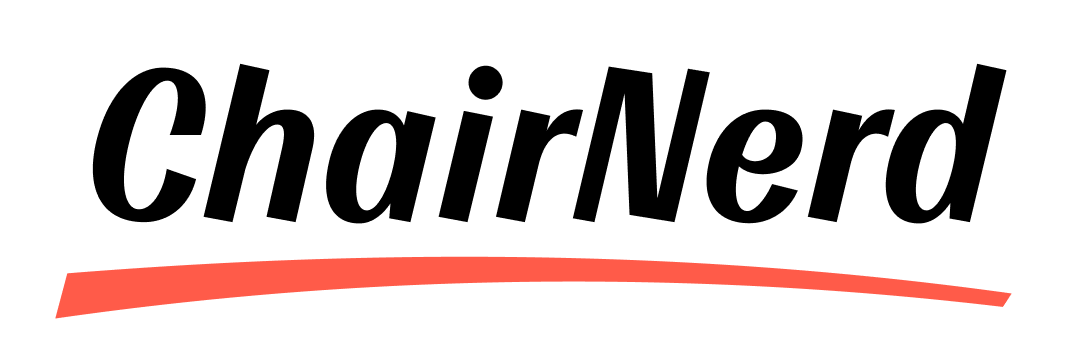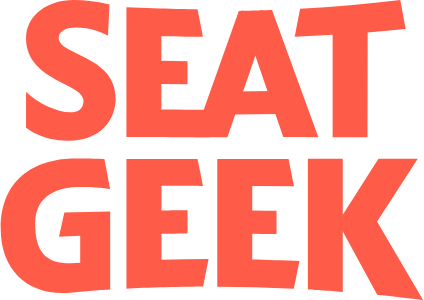If you’ve read even a handful of product-related posts on ChairNerd, this isn’t news to you: at SeatGeek, user experience is king. It’s why we’re intensely focused on continually improving the quality of our seating charts, which should be the ultimate source of context in the process of purchasing a ticket.
Recently, we’ve enhanced the accuracy of the playing surfaces within our NFL, NBA, and NHL maps. But with spring comes the perfect opportunity to spruce up our MLB ballparks, which are perhaps the most individualized set of major sports venues in the U.S.
The goals for these enhancements went beyond the aesthetic. We wanted to make our maps as true to reality as possible, which is why we went to the official rulebook to draw the regulation lines and markings of an MLB diamond:

Before & After: Yankee Stadium (NY Yankees)
 Before
Before
|
 After
After
|
 Satellite image
Satellite image
|
Before & After: Progressive Field (Cleveland Indians)
 Before
Before
|
 After
After
|
 Satellite image
Satellite image
|
But there’s more to groundskeeping than abiding by the rules of 90 feet and 60 feet, 6 inches. Each ballpark’s infield, outfield and on deck areas are unique, and we’ve incorporated those custom designs into the maps of all 30 MLB venues.
Custom infields
The cut of the grass is just one variable when it comes to an infield – even the shape of the dirt varies from ballpark to ballpark. Fenway has its historic fungo circles; Comerica Park is one of a few parks with a dirt path between home plate and the pitcher’s mound; Rogers Centre has the greenest infield in the big leagues, but no grass. Here are a few of my personal favorite infield renderings:
 Boston Red Sox
Boston Red Sox(Fenway Park) |
 Cleveland Indians
Cleveland Indians(Progressive Field) |
 Detroit Tigers
Detroit Tigers(Comerica Park) |
 Houston Astros
Houston Astros(Minute Maid Park) |
 New York Yankees
New York Yankees(Yankee Stadium) |
 Toronto Blue Jays
Toronto Blue Jays(Rogers Centre) |
Custom grass designs
Over time, the grass at MLB ballparks has increasingly become an artistic outlet for head groundskeepers:
- “Groundskeepers use parks as canvases”, USA Today, 27 Jun 2001
- “From Outfields to Art, One Blade at a Time”, The New York Times, 17 Jul 2001
David R. Mellor, director of grounds for the Boston Red Sox, has in fact written an authoritative textbook on the subject:
Groundskeepers typically alternate designs throughout the season, but the following are frequently used in each of the 30 MLB parks:
This project is just one small part of our mission to create the best seating charts in the world by redefining the interpretation and visualization of architectural and geographical data. If you have a background in architecture, design, or art and want to help us, perhaps you’re our next Digital Architect!
































